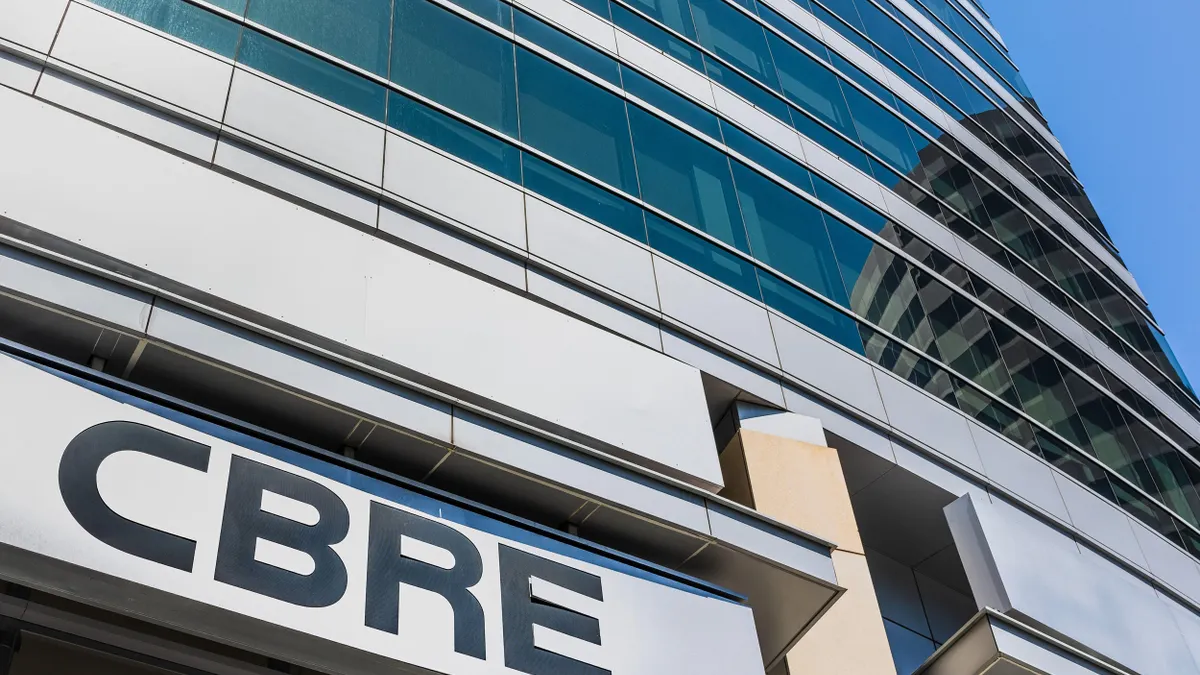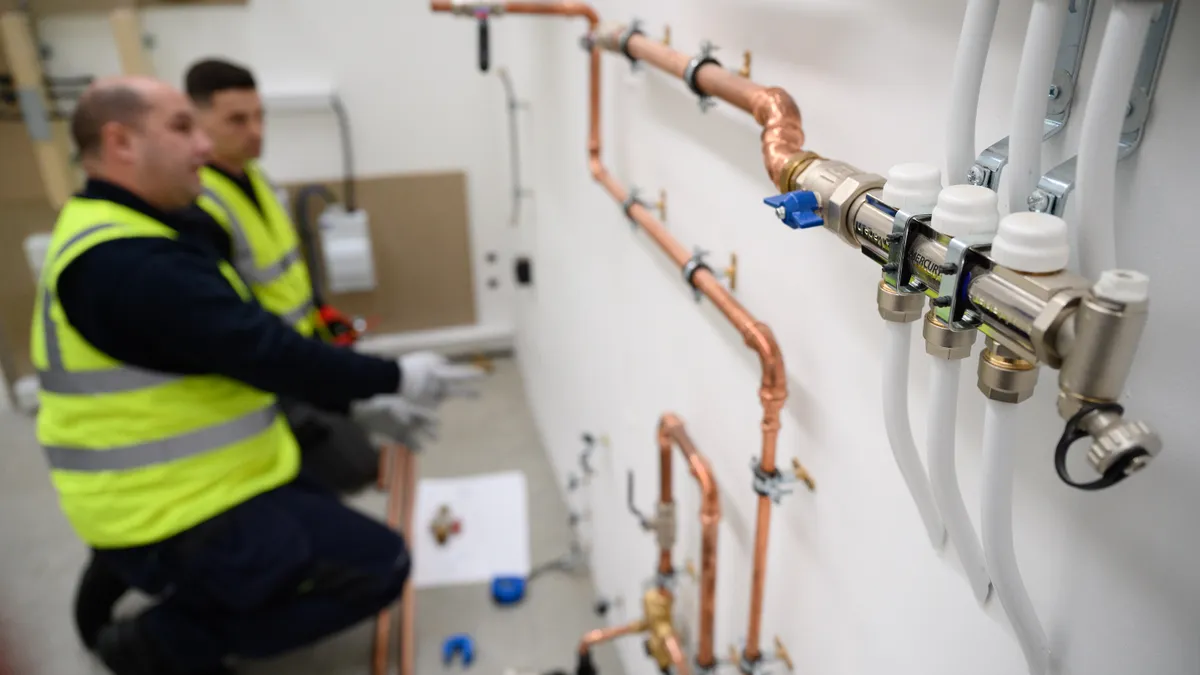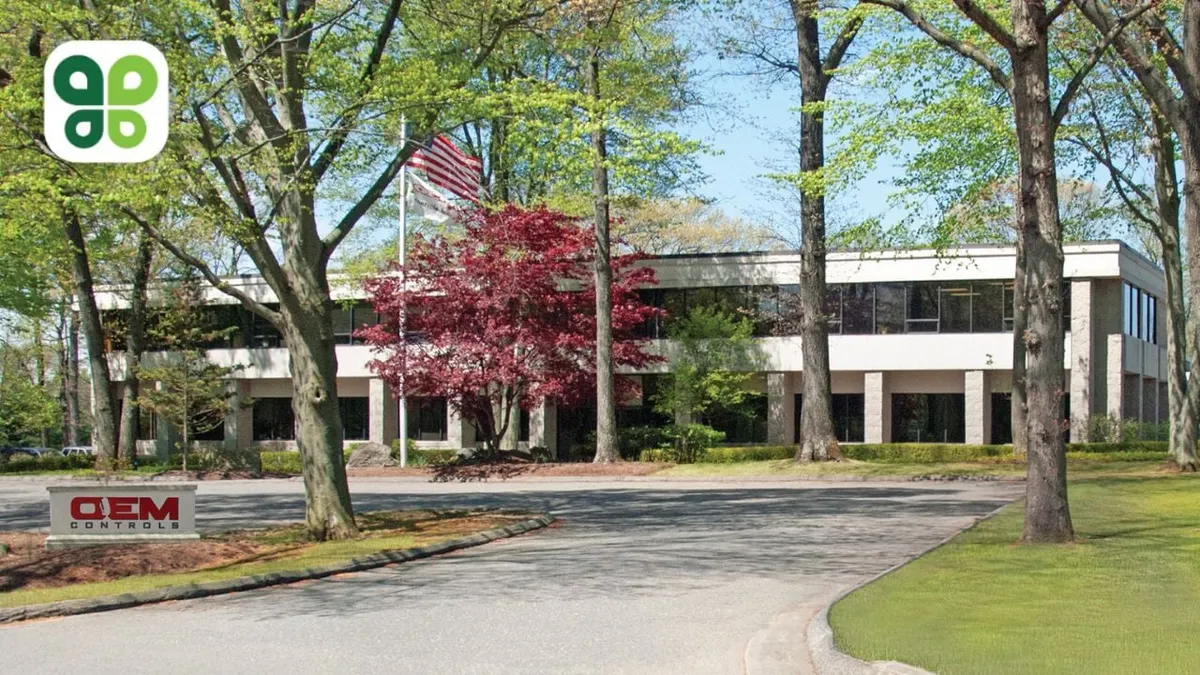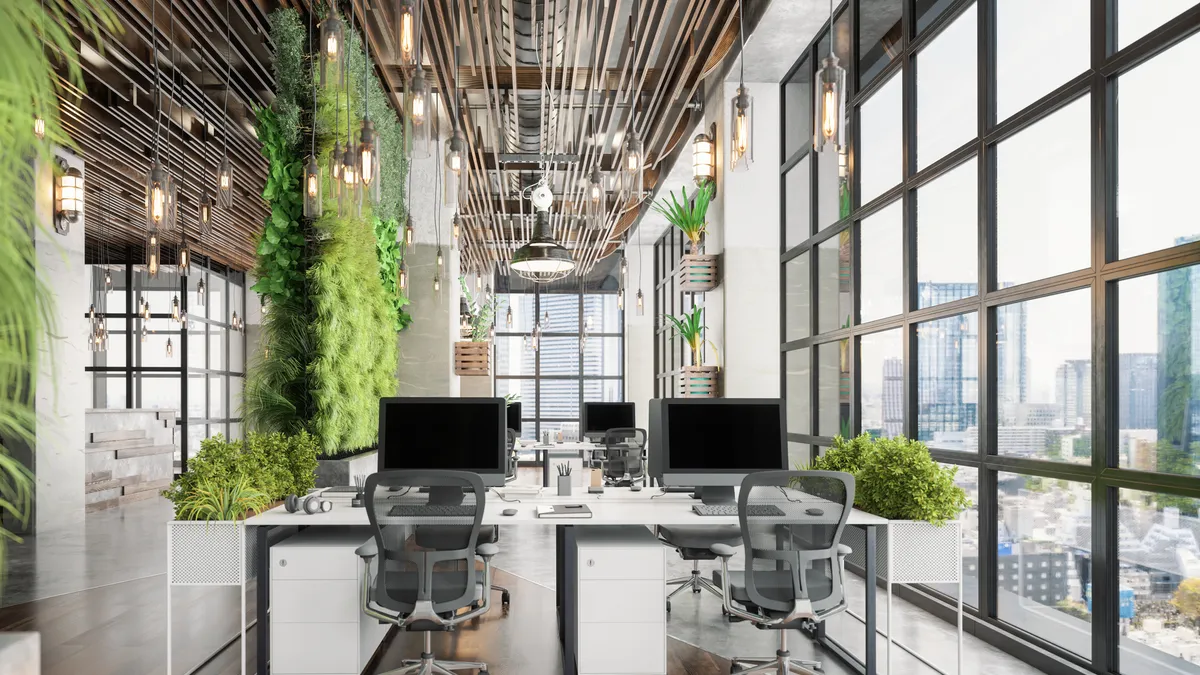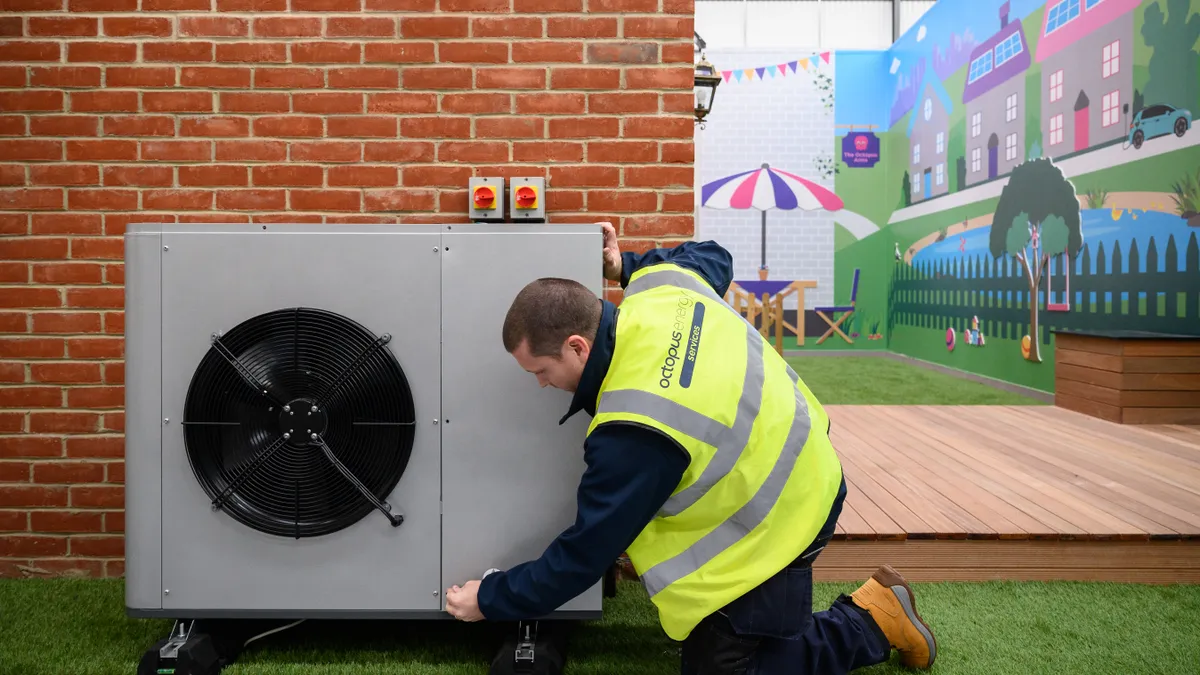CBRE reported strong growth across its entire business in the third quarter of 2025, growing revenue 14% year over year to $10.3 billion. The firm had its best leasing performance of any third quarter and double-digit growth in its building operations and experience segment, the company said in its earnings report.
Building operations and experience, or BOE, grew revenue 11% year over year, which was tempered by an 8% increase in pass-through costs — expenses billed directly to the client without a markup. CBRE’s local facilities management business had double-digit revenue growth globally, led in part by market share gains in the Americas, which grew revenue 30% year over year, CFO Emma Giamartino said on an earnings call. CBRE’s enterprise business was supported by increased data center work and new client wins and expansions across multiple sectors, according to its earnings presentation.
U.S. leasing reached its highest level for any third quarter, growing 18% year over year, led by a 27% increase in the industrial sector as third-party logistics providers continued to take more space and large occupiers came back to the market, Giamartino said. Data center leasing picked up materially, resulting in a more than doubling of revenue over last year, she said.
Office leasing in the U.S. increased by double-digit-percentages year over year. The growth has been broad-based, with secondary and tertiary markets performing relatively strong compared to gateway markets as the market for prime buildings tightens and clients look for opportunities in lower-tier markets. “People are starting to convert buildings that were lesser quality to higher quality,” CEO Bob Sulentic said on the call. “The demand has clearly moved into the secondary and tertiary markets, where there are a lot of good buildings available.”
Sulentic said the company is well positioned to meet the full range of needs of its clients because it can work with them on project management, acquisition, leasing and building operations.
“Our relationship with occupiers is evolving pretty rapidly right now and our view as to how we serve the big occupiers has evolved,” said Sulentic. He noted the change has been driven in part by its acquisitions of project management company Turner & Townsend and coworking company Industrious. The firm now works with large occupiers across all four of its segments through facilities management, project and program management, cost consultancy and leasing services, Sulentic said.
“We now have [Industrious] as part of our facilities management as part of our occupier offering, and … it is proving to be a real advantage as we go to market in the business,” Sulentic said. “We now have a project management capability and a cost consultancy capability to do different kinds of project work than we or others in our sector were able to do previously, and that is appealing to our clients in our brokerage business.”
“Real estate facilities have become much more critical to companies. I spend so much time with occupiers [and] and they’re all talking about the importance of their real estate cultures to the way their people work together. That is a very big theme out there today,” Sulentic said.
CBRE’s Trammell Crow Co. development business also provides an important service in its build-to-suit capabilities, said Sulentic, noting the firm does a lot of that kind of work for large global occupiers, but particularly in the U.S.
“What we’ve decided to do is go to our clients and say, ‘We can offer any one of these four things that we think are unique and advantages you. If you want to buy them that way, we’ll sell them to you that way’,” Sulentic said. If the client enjoys the benefits of CBRE’s services, because they’re better than what others can provide, they will most likely pay for additional services, he said.
“A lot of clients want to buy that way. They want to just buy facilities management or project management or build-to-suit services, but the cross-sell that comes is when they’re satisfied with each one of those things, they are more likely to buy the others,” he said.
The company expects data centers to be around 10% of its earnings this year, and even more next year, according to Sulentic. In addition to enjoying the current bump in activity, CBRE is working to build businesses that will be sustainable as the cycle with data centers unfolds, he said. Although the firm doesn’t heavily invest in the ownership of data centers, it has significant land investments within its Trammell Crow business, which has been “phenomenal at identifying, acquiring, entitling and improving land sites, and turning their energies in a significant way to data center land sites,” Sulentic said.
Within its BOE segment, CBRE has two lines of businesses that focus on the sector that it plans to integrate. This includes its direct management of data centers, where it manages around 800 data centers on an ongoing basis, and its Direct Line business that provides small project improvement work in data center white space, which the firm acquired in 2024.
The firm plans to merge those two into a single digital infrastructure services business that will operate separately within the BOE segment, Sulentic said. “That business is particularly well suited to provide service as data centers are being built but also in the future as it pertains to the actual operations and retrofit of data centers," he said.


